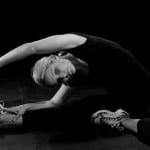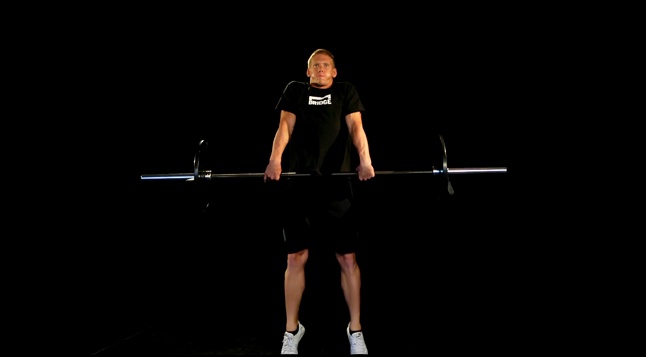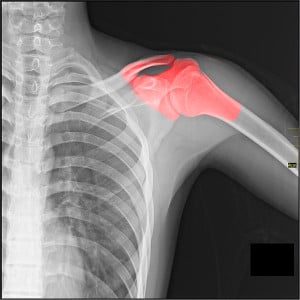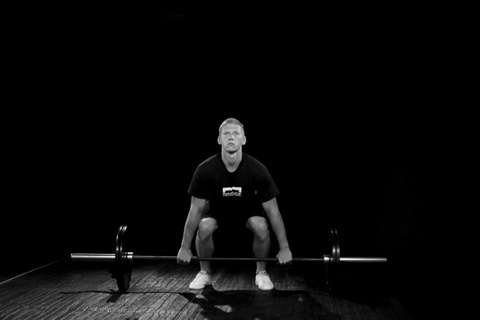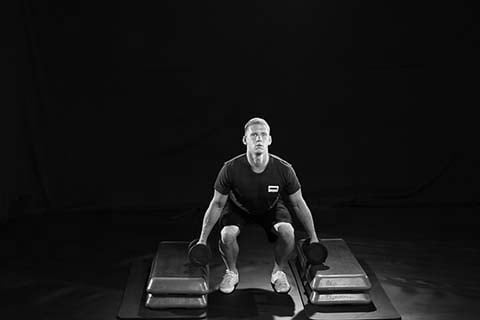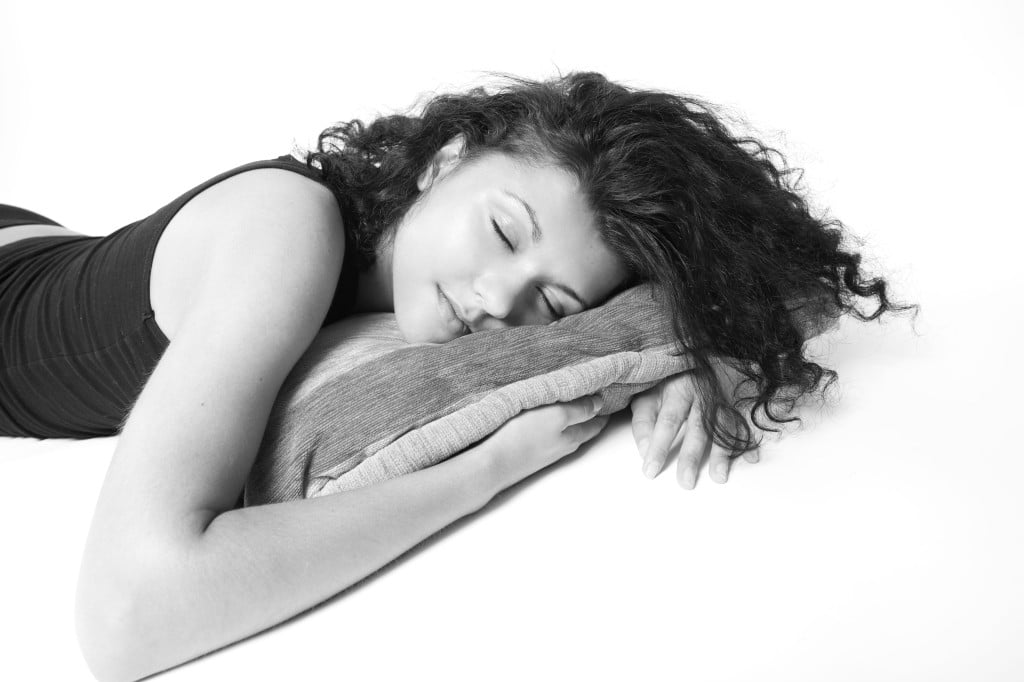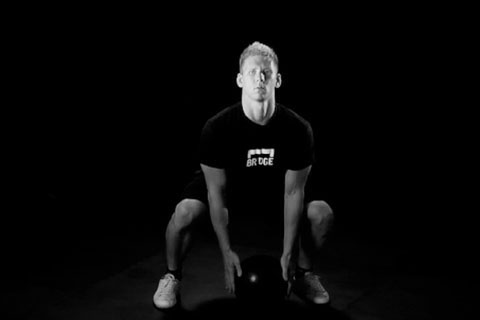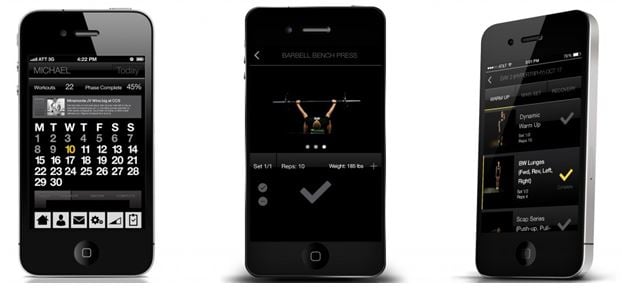You’ve seen the gadgets: you go to the gym and someone is wearing a cool digital watch, until you realize it’s much more than that. You walk into any athletic retail store and alongside the running shoes and sportswear they now showcase a bit of technology that can track your training, sleep, and much more all by wearing a band around your wrist. In this week’s discussion I will outline three of the major brands of training trackers so you can make the choice right for you.
Read MoreThis video is the first in the 4-part Bridge Travel-Training Series. Included are 5 stretches that I like to include in a pre-travel routine to prep the body for the journey ahead. Remember, these are just a few examples from the overall routine that I have found to help combat the travel blues.
The Power Clean Pull is the first pull exercise in the power series. Following the Dumbbell Jump Shrug, this exercise is the next step in the strength training progression from a strength phase to a power phase. The Power Clean Pull is a compound exercise that helps the athlete develop power and speed through the hips.
Read MoreShoulder Injury Awareness - First Step to Injury Prevention
By Megan Fischer-Colbrie on November 14, 2013
The shoulder is a complex joint that keeps your arm from its natural desire to fall out of its socket while enabling a wide range of motion in all 3 planes. The joint capsule, rotator cuff muscles, and the tissue connected to your bone, called the labrum, all work to stabilize the joint. Swimmers and water polo players increase their range of motion by creating tiny tears in their labral tissue, trading in shoulder stability for greater mobility. However, high mobility combined with overtraining can compromise the labrum by creating a larger, painful tear. This can be caused by an acute event or gradual repetition.Shoulder injuries are ubiquitous in sports, but swimmers, water polo players, and any athletes that execute repetitive overhead motions are exceptionally at risk. You are 1/3 more likely to dislocate your shoulder with a torn labrum. The labral tissue has little blood supply so these injuries do not heal easily. The frayed ends of a tear contain nerves that cause pain with motion. Depending on the size of the tear, surgery may be necessary to reattach the tissue to the bone, while more minor tears can avoid surgery partially by strengthening the surround musculature to compensate for weakened tissue. Despite the advantage associated with greater mobility in athlete’s joints, larger tears in the labrum can be painful, severely compromise shoulder stability, and lead to worse injury.
Know the Difference between a Separated Shoulder and a Dislocated Shoulder: Mechanism of AC tears and Shoulder Dislocations
The terms “separated shoulder” and “dislocated shoulder” are thrown around in sports so often that it is easy to misinterpret their origin. A separated shoulder injury occurs at the most important joint between the thorax and arm, known as the acromioclavicular (or AC) joint. Located between the end of your clavicle and your scapula, the AC joint and surrounding ligaments are subject to high load transferring from the chest to the upper arm. Ligament tears from falling on your shoulder, especially with your hand outstretched, or striking something hard (like a body check in hockey), allow the clavicle to separate from the scapula, thus the term shoulder separation. In a shoulder dislocation, the upper arm bone, known as the humerus, pops out of the socket known as the glenoid. This injury can also occur from falling, as your body weight pushes the humeral head out of place. The labrum, joint capsule, and muscles are supposed to stabilize the joint and prevent dislocation, but if any of the three are injured, dislocation occurs more readily. A dislocated shoulder can be pushed back into place, and pain may diminish very quickly. Resting your shoulder will prevent re-dislocation, and therapy can improve your range of motion gradually. Separated shoulders are treated by first immobilizing the AC joint with a sling. In a minor separation, healing may take a few weeks, whereas a larger separation may take weeks to months and involve surgical reattachment of torn ligaments1.
Read More
In today's video, Nick will focus on the strength training exercise, the Barbell Deadlift. The Barbell Deadlift is the culmination of the deadlift progression, and should only be used once the DB Deadlift and the MB Deadlift are mastered. To assist with form, long-levered or tall athletes should use a Hex or Trap Bar and put bumper plates under the weights of the bar, slightly elevating it. The deadlift is a compound movement that is excellent at building leg, lower-back and core strength, all of which are key components in athlete development.
Read More
From childhood, I was always told how important getting enough sleep is to remain healthy and happy. I found it much easier to achieve these recommended amounts of sleep as a kid growing up with limited responsibilities. Then suddenly, I became a collegiate athlete trying to manage a full academic course load while performing at the highest-level possible, and something had to give. My sleep quantity started to dwindle, as keeping up with academics and athletics required more time awake.
Welcome all to the first installment of Nick's Video Series. Each week, Bridge Athletic Co-Founder and Elite Performance Director, Nick Folker, will post a video blog dissecting key technical issues relating to a broad spectrum of subjects relevant to athlete performance. In doing so, Nick will assist athletes and coaches in gaining a deeper understanding on these key topics, empowering them to continue striving towards athletic excellence. In this week's video, Nick breaks down a key pillar in the field of strength and conditioning, the Med Ball deadlift. Nick decided to choose MB Deadlift because it breaks the deadlift down to its simplest of form, body weight. Athletes should start exercises at the body weight level in order to learn movements properly and avoid injury. The deadlift is a compound movement that is excellent at building leg, lower-back and core strength, all of which are key components to an athlete's overall development. Enjoy.
To summarize, Nick's key talking points in the video:
- In the deadlift movement, the body transitions from a lowered (squat) position to an elevated (standing) position.
- Starting position: the athlete's feet are wider than shoulder width, toes are pointed out, weight is evenly distributed across feet, knees are over feet, chest is up and back is flat.
- Throughout the movement of the deadlift, the athlete must elevate and lower their body in a controlled manner.
- The athlete must not lock knees out at the top of the movement.
That ends this week's chapter of Nick's Video Series. Stay tuned for next week's installment!
The Bridge Program
Over the last 6 months, in a closed beta we have used our proprietary training tools to oversee the strength, stability, flexibility and mobility training programs for a number of California’s elite swimming and water polo programs. Up to this point we have remained in stealth mode as we focused on improving our product.
Read More
